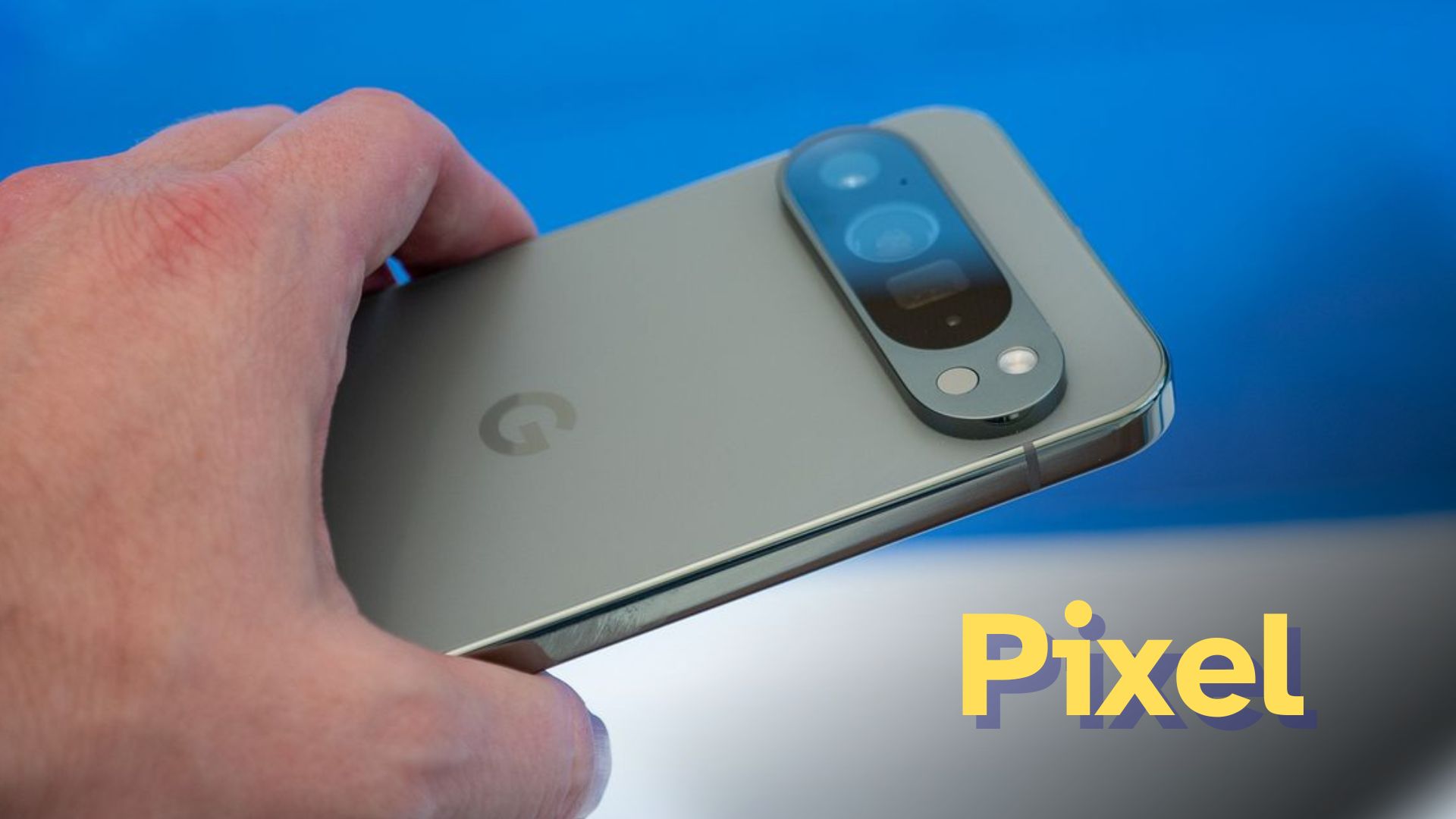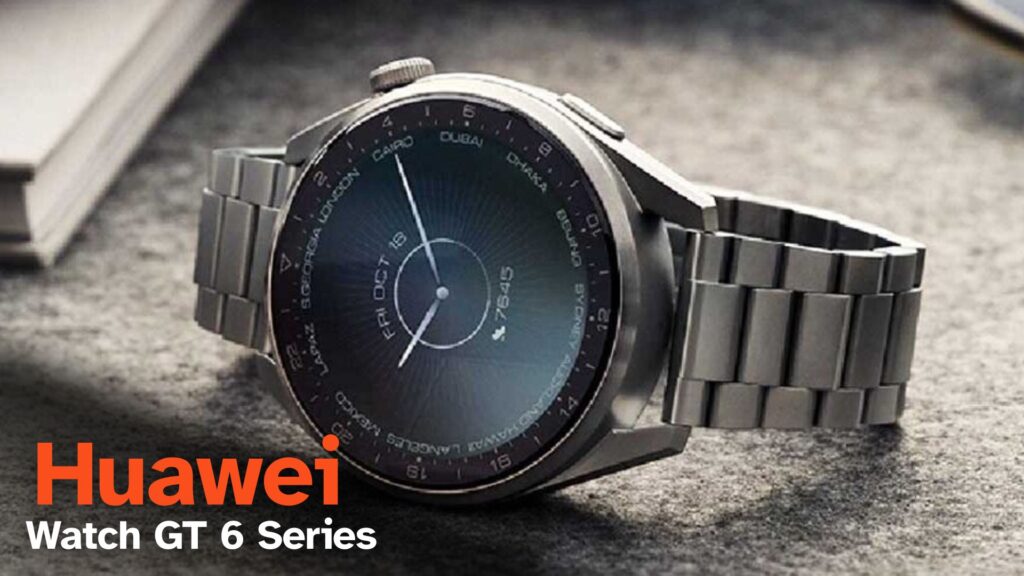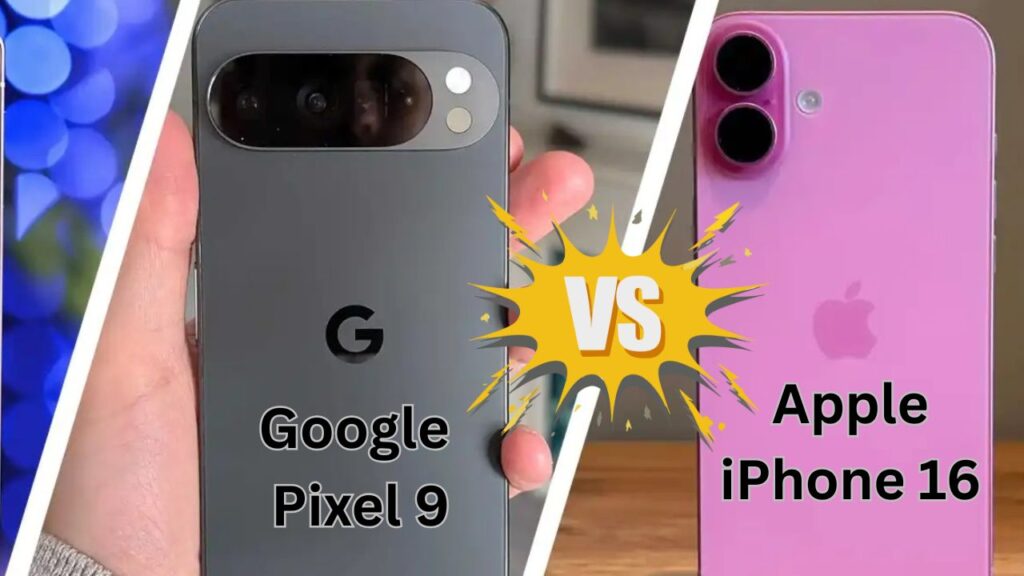The flashlight is one of the simplest yet most relied upon tools on smartphones. Whether searching under a couch, navigating during a power outage, or simply needing a quick light source, users often depend on it. While nearly every modern phone offers flashlight brightness adjustment, Pixel owners have long been left without this essential option. That gap has now been filled.

With the August 2025 Android Canary release, Google has finally introduced native flashlight brightness control in Pixel devices. For the first time, users can change intensity levels directly from the Quick Settings panel without downloading third-party apps.
1. A Long-Awaited Feature

Google actually laid the groundwork for this feature back in Android 13 (2022). The operating system introduced an API that allowed developers to control flashlight brightness. Unfortunately, Google did not implement the functionality into Pixel’s Quick Settings tile at the time.
This omission meant that for more than three years, Pixel users were forced to rely on outside solutions, despite their phones already supporting the feature at a technical level.
Summary Table
Feature |
Details |
|---|---|
Feature Name |
Flashlight Brightness Control (Quick Settings) |
Available In |
August 2025 Android Canary Release |
First API Support |
Android 13 (2022) |
UI Experience |
Expandable Quick Settings tile with slider and controls |
Default Brightness Before |
50% (fixed when toggled) |
Rollout Expected |
Android 16 QPR2 or Pixel Feature Drop, late 2025 |
Previous Solutions |
FlashDim app, Google Magnifier app |
Why Important |
Improves usability, saves battery, brings parity with rival devices |
Official Coverage |
2. The Old Workarounds
Before this update, the only way to adjust the brightness on a Pixel phone was through third-party or auxiliary apps:
-
FlashDim offered brightness adjustments through a slider.
-
Google’s Magnifier app also included a flashlight strength option, though not as seamless.
While these solutions worked, they were inconvenient and inconsistent compared to built-in experiences available on devices from Samsung, Xiaomi, OnePlus, and Apple.
3. The New Quick Settings Experience
The August 2025 Canary build finally changes this. The flashlight tile in Quick Settings is now expandable. Instead of simply toggling the flashlight on and off, tapping the tile label opens a new panel titled “Flashlight Strength.”
This panel introduces:
-
A slider to adjust intensity from dim to full brightness.
-
A turn off button for quickly disabling the flashlight.
-
A confirm option to lock in the chosen brightness.
Pixel devices that previously defaulted to 50% brightness now offer fine-grained control, giving users more flexibility in everyday use.
4. Why This Matters
This enhancement is more than a cosmetic update; it brings genuine usability improvements:
-
Better control in different environments – A softer light is useful when checking something nearby, while full brightness is perfect for outdoor or emergency use.
-
Consistency with competitors – Apple’s Control Center and Samsung’s Quick Settings have long allowed flashlight brightness control. Pixel is finally catching up.
-
Elimination of third-party dependence – Users no longer need separate apps to access an essential feature.
-
Energy efficiency – Running the flashlight at lower brightness can extend battery life.
5. What to Expect Going Forward
While the feature is live in the Canary channel, it is not yet part of the stable Android build. Analysts expect the rollout to take place with Android 16 QPR2 or through a Pixel Feature Drop later in 2025.
As with most Canary features, the current interface may be tweaked before final release. Still, its presence in test builds strongly suggests it will soon reach all supported Pixel phones.
FAQs
1. When was flashlight brightness control first supported in Android?
A. The feature became technically possible with Android 13 in 2022, but only developers could use the API. The Pixel UI now implements it natively in 2025.
2. How do I adjust the flashlight brightness on my Pixel?
A. In supported builds, open Quick Settings, tap the flashlight tile, then use the slider in the “Flashlight Strength” panel.
3. What was the default flashlight brightness before this update?
A. Pixel devices typically defaulted to 50% brightness whenever the flashlight was turned on.
4. Is using full brightness harmful?
A. While safe for short use, prolonged operation at maximum brightness can create additional heat and potentially shorten LED lifespan.
5. When will this feature be available to all users?
A. It is currently in Canary testing. A wider release is expected with Android 16 QPR2 or a Pixel Feature Drop scheduled for late 2025.
6. How is this different from third-party apps?
A. Unlike FlashDim or Magnifier, the new brightness control is built directly into Pixel’s Quick Settings, offering faster access and better integration.
Conclusion
Google’s decision to finally enable flashlight brightness control on Pixel phones closes a long-standing gap in its user experience. Though the API has existed since Android 13, the absence of a native control left Pixel users behind competitors. With the August 2025 Canary release, Google has caught up by delivering a cleaner, more intuitive solution. Once it rolls out widely in Android 16 QPR2, this long-requested feature will become a seamless part of every Pixel owner’s toolkit.
For More Information Click HERE






